Photographer Jimmy Nelson spent nearly three years visiting 31 remote and unique tribes and cultures around the world, witnessing their rituals and capturing their traditional dresses, jewellery, weapons and symbols in a series of beautiful portraits. His book, Before They Pass Away, is published by teNeus
Maasai, Kenya and Tanzania: The semi-nomadic Maasai people of east Africa live in southern Kenya and northern Tanzania along the semi-arid and arid lands of the Great Rift Valley. The Maasai occupy a total land area of 160,000 km2, with a population between half a million and a million people. To be a Maasai is to be born into one of the world’s last great warrior cultures. From boyhood to adulthood, young Maasai begin to learn the responsibilities of being a man and a warrior. The Maasai are famous for their jumping dance (adumu), performed by the men of the village, who leap into the air to show their strength and stamina as tribal warriors.
Nenets, Russia: The Nenets of the Siberian arctic are a nomadic tribe of reindeer herders. Migrating across the Yamal peninsula, where the Ob river and Ural mountains meet the Arctic coast, the Nenets have thrived for more than a millennium in one of the most inhospitable places on earth, with temperatures that dip to –50C in winter and soar to 35C in summer. On their annual migration of over 1,000 km, these people move huge herds of reindeer from summer pastures in the north to winter pastures just south of the Arctic Circle. Today, more than 10,000 nomads herd 300,000 domestic reindeer.
Mursi, Ethiopia: The Mursi tribe lives in the lower Omo Valley, situated in Africa’s Great Rift Valley in south-west Ethiopia. The Mursi, who number about 4,000, are a nomadic tribe of herdsmen who, over the past few decades have encountered growing threats to their livelihood. Extreme drought has made it more and more difficult for many Mursi families to feed themselves by means of their traditional activities, such as cultivation and cattle herding. Furthermore, the establishment of national parks with fences and roads has seriously restricted the access of local tribes and threatened their natural resources
Drokpa, India/Pakistan: Around 2,500 Drokpas live in three villages in the Dha-Hanu valley of Ladakh, which is situated in Jammu and Kashmir, a disputed territory between India and Pakistan. The Drokpas are completely different from the Tibeto-Burman inhabitants of most of Ladakh – tall and fair, with big, lightly coloured eyes, full lips and distinctive noses and eyebrows. Historians have identified the Drokpa people as the only authentic descendants of the Aryans left in India. For centuries, the Drokpas have been indulging in public kissing and wife-swapping without any inhibitions or consideration for marital relationships. Since the practice was banned by the authorities, the Drokpas now only conduct this passionate display in the absence of outsiders.
Ni-Vanuatu, Vanuatu: The Ni-Vanuatu are the Melanesian people who make up the population of the Republic of Vanuatu. This chain of 83 islands in the south-west Pacific Ocean, formerly the New Hebrides, gained independence from Britain and France in 1980. Espiritu Santo is the largest island. Nowadays, all the inhabited islands have their own languages (over 100 distinct languages are spoken) and their own customs and traditions.
Ladakhi, India: The people of Ladakh (meaning land of the passes) live in very high mountain valleys between the Himalaya and Karakoram ranges in the northern Indian state of Jammu and Kashmir. Well-to-do Ladakhi women have a striking and opulent appearance. Their gonchas are made of heavy Chinese silk and they wear impressive jewellery, with baroque pearls, turquoises, coral and amber bedecking their necks and ears. The gonchas of the less fortunate are made of coarse, home-spun, woollen cloth.
Rabari, India: For almost 1,000 years, the people of the Rabari tribe have roamed the deserts and plains of what is today western India. Now found largely in Gujarat and Rajasthan, it is believed that they migrated from the Iranian plateau more than a millennium ago. Their name means ‘outsider’ and traditionally they were camel herders, crossing desert areas that were off-limits to other tribal groups. Although only about one to two per cent still practises an entirely nomadic lifestyle, the main sources of Rabari income comes through livestock. Women usually wear long black headscarves (lobadi) and distinctive heavy brass earrings, and tattoo magical symbols on their necks, breasts and arms
Gauchos, Argentina: the Argentinian pampas – rolling terrains of grasses, flowers and herbs – are the home of the gauchos, who have been wandered the prairies since as early as the 1700s. Their knowledge of the land and extremely skilled horsemanship made them ideal cavalry during the wars of independence (1810–1816) and the civil wars that followed. The life of the gaucho got increasingly difficult during the 19th century; commercial cattle ranching had begun and the pampas had been fenced into huge estancias. Over time, the early gauchos gave up their solitary existence to work for the estancieros (landowners).
Lopa, Mustang, Nepal: Mustang (from Tibetan mun tang, meaning fertile plain) is the former Kingdom of Lo, lying on a high and windswept plateau between north-west Nepal and Tibet, in one of the most remote regions in the world. Although Mustang is linked by religion, culture and history to Tibet, politically it is part of Nepal. At a time when Tibetan culture in Tibet is in danger of disappearing, Mustang now stands alone as one of the last truly Tibetan cultures existing today. The people of Lo are called Lopa, their language is a dialect of Tibetan, and they practise Tibetan Buddhism.
Huli, Papua New Guinea: The eastern half of New Guinea, the world’s second largest island, gained full independence from Australia in 1975, when the nation of Papua New Guinea was born. The indigenous population is one of the most diverse in the world. A number of different tribes are scattered across the highland plateau, surrounded by mountains. The Huli paint their faces yellow, red and white. They also make wigs from their own hair, which look like plumed hats, intricately decorated with feathers
http://www.theguardian.com/travel/gallery/2013/nov/08/disappearing-lives-worlds-threatened-tribes-in-pictures?CMP=fb_gu#/?picture=421972387&index=9
http://www.theguardian.com/travel/gallery/2013/nov/08/disappearing-lives-worlds-threatened-tribes-in-pictures?CMP=fb_gu#/?picture=421972387&index=9
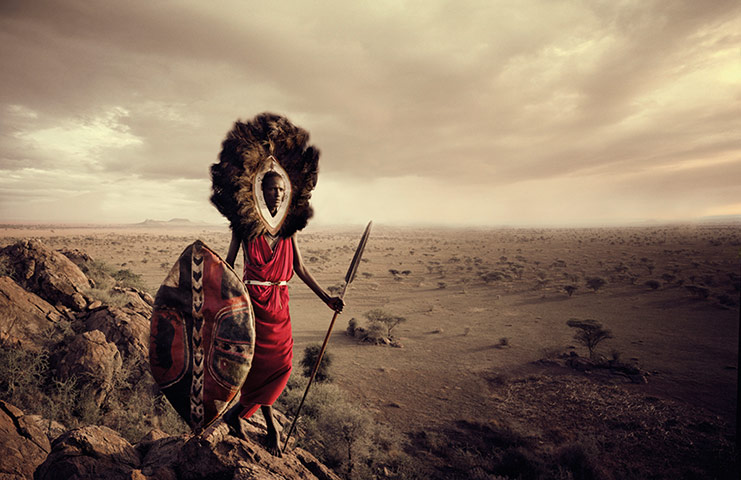
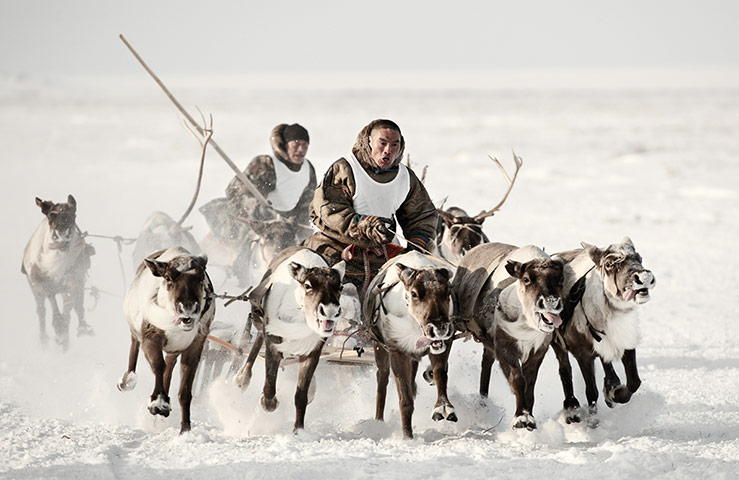
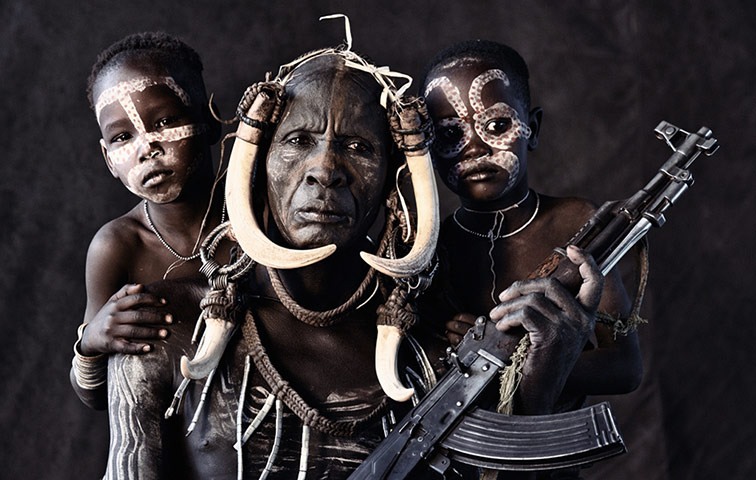
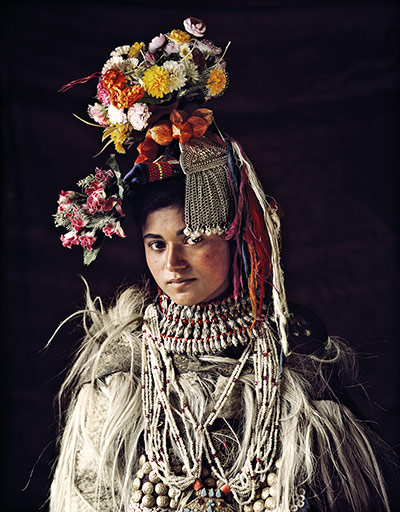
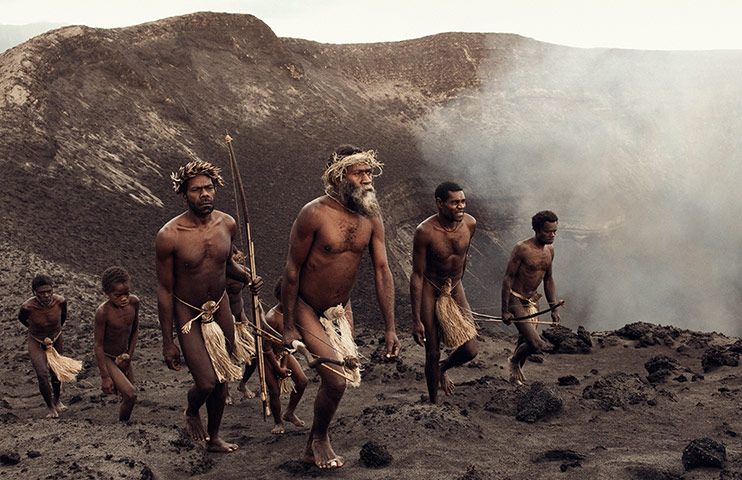
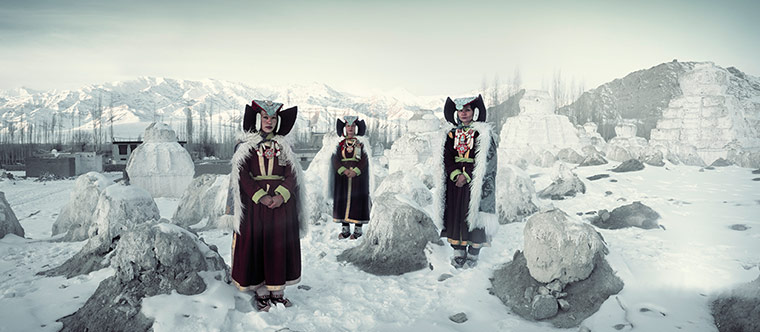
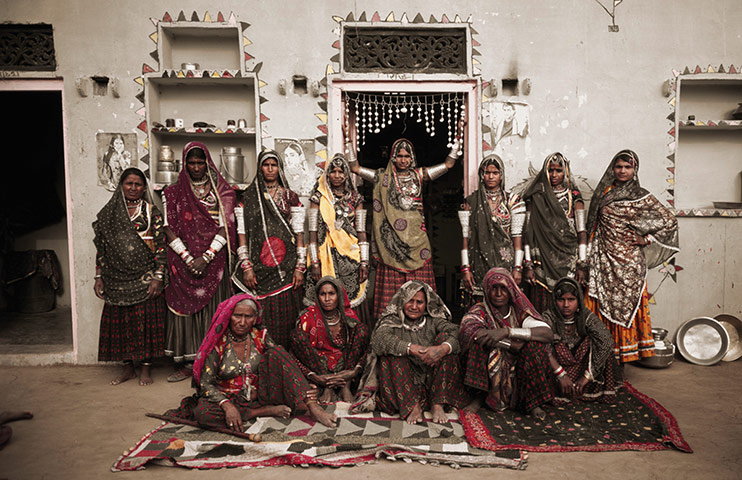
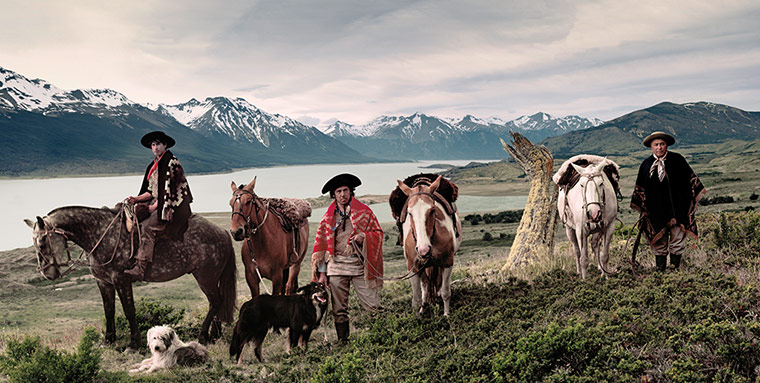
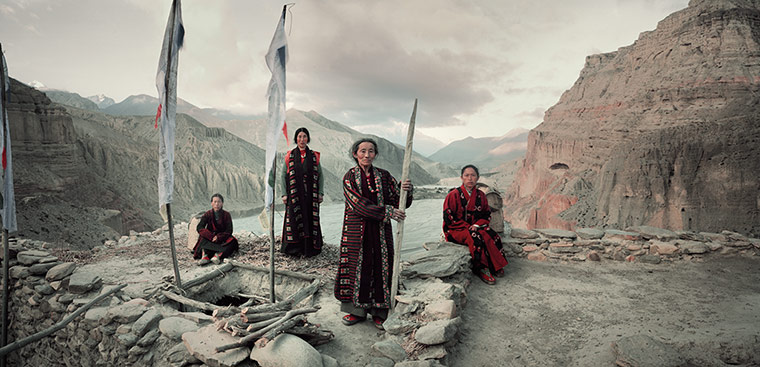
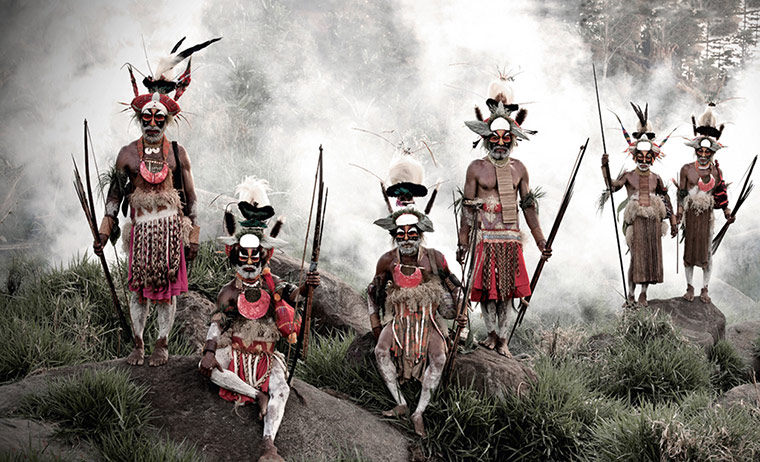
Δεν υπάρχουν σχόλια:
Δημοσίευση σχολίου